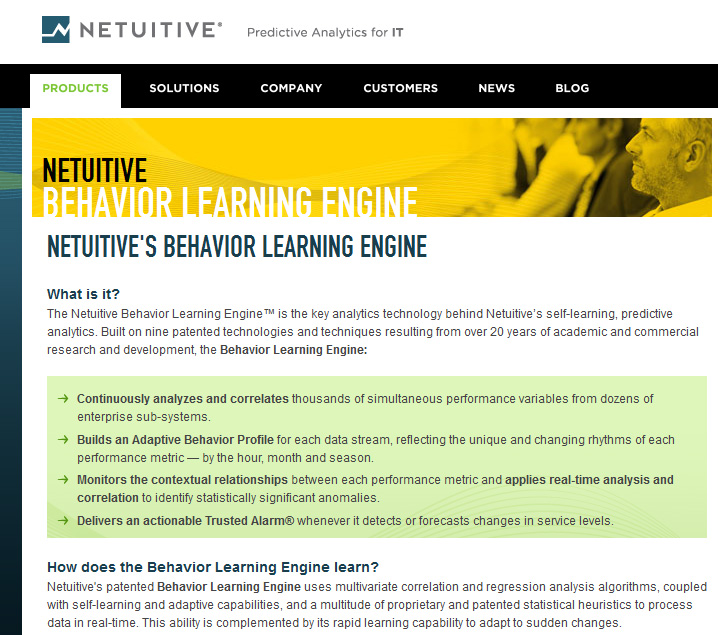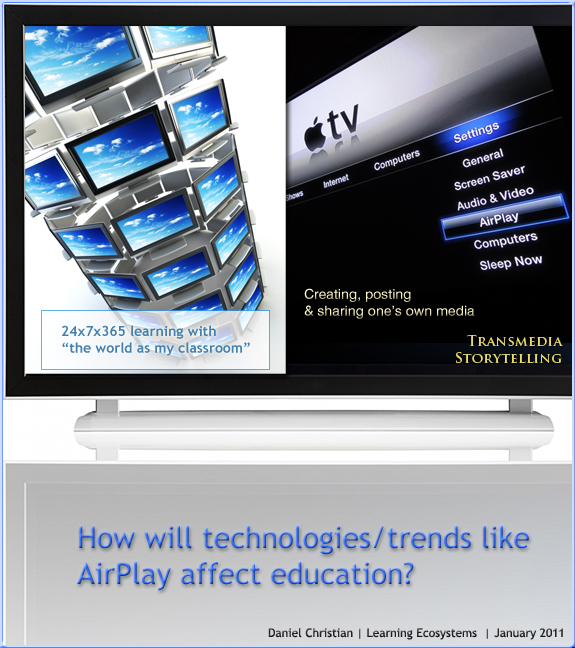Web 2.0’s Foundation of Sand — from CampusTechnology.com by Trent Batson
From DSC:
Below is the excerpt I want to point out:
The lessons of our experience, and perhaps of the experience of others, is that startups and other initiatives without venture capital that may need to depend on free Web services to get started must at some point move to commercial sites. The Web, where information wants to be free, and which is wildly creative, innovative, vital, and powerful, offers a great ride. But it is also highly transient with Web apps coming and going, metamorphizing, being bought, or not staying current.
From DSC:
The world of IT is very complex right now (with no signs of getting any less complex) — and things are constantly changing. Thus, when building or maintaining one’s learning ecosystem, you WILL experience changes in applications, services, vendors, and features sets. Such things will come and go (think Google Wave for example). Technologies evolve. Change WILL happen. Some services and vendors won’t make it or will be purchased. Count on such things happening, stay flexible, adaptable and responsive; try to make backup plans for each product/service/vendor that you possibly can.

























